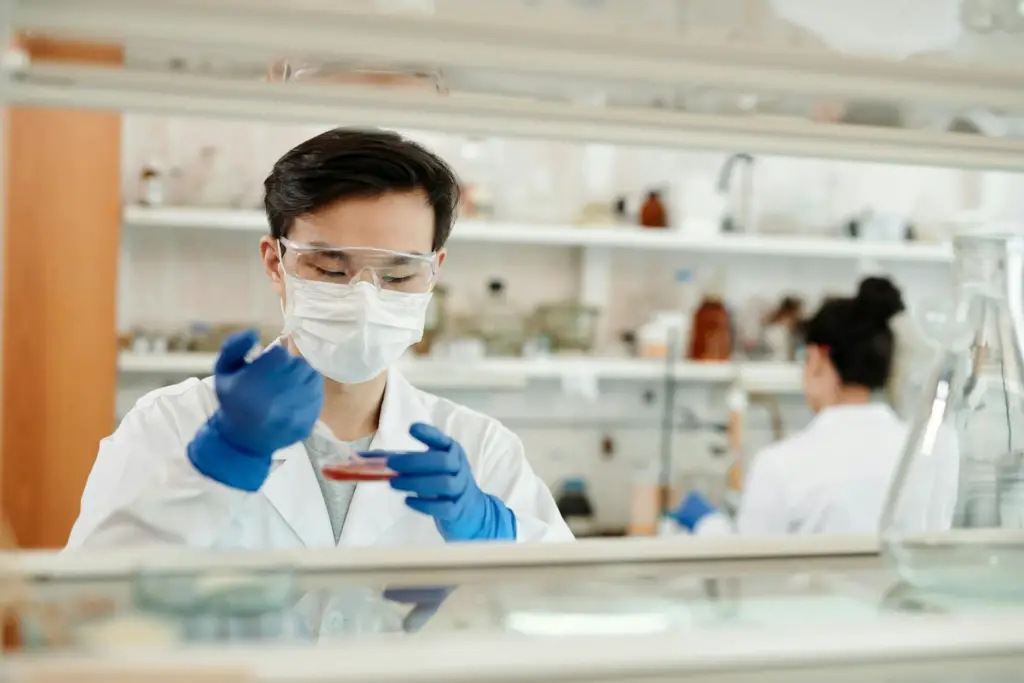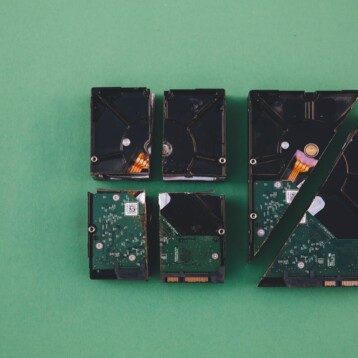
Technology is a driving force in transforming healthcare, bringing revolutionary changes that enhance patient care, streamline operations, and improve outcomes. From digital health tools and telemedicine to advanced diagnostics and artificial intelligence, the integration of technology into healthcare is reshaping how medical services are delivered and experienced. This article explores the various ways technology is advancing healthcare, highlighting key innovations and their impact on the industry.
Digital Health Tools: Empowering Patients
Digital health tools, including mobile health applications and wearable devices, are empowering patients to take control of their health. These tools allow individuals to monitor vital signs, track medications, and manage chronic conditions from the convenience of their smartphones. Wearable devices, such as smartwatches and fitness trackers, provide real-time data on heart rate, physical activity, and sleep patterns, enabling users to make informed decisions about their health.
According to a report by the World Health Organization, digital health tools have the potential to enhance disease prevention, improve chronic disease management, and facilitate remote consultations, making healthcare more accessible and personalized.
Telemedicine: Expanding Access to Care
Telemedicine has become a critical component of modern healthcare, allowing patients to access medical services remotely through video consultations and online platforms. This technology has proven invaluable during the COVID-19 pandemic, enabling patients to receive care while minimizing the risk of exposure to the virus. Telemedicine also addresses barriers to care in rural and underserved areas, where access to healthcare facilities may be limited.
Telemedicine platforms can provide consultations for a wide range of services, from routine check-ups to mental health support. The convenience and flexibility offered by telemedicine are reshaping how patients interact with healthcare providers and ensuring that care is accessible to more people.
Artificial Intelligence: Enhancing Diagnostics and Treatment
Artificial intelligence (AI) is transforming the healthcare landscape by improving diagnostic accuracy, personalizing treatment plans, and optimizing operational efficiency. AI algorithms analyze vast amounts of data to identify patterns, predict outcomes, and assist in decision-making. For example, AI-powered tools can analyze medical images to detect abnormalities and assist radiologists in diagnosing conditions such as cancer and neurological disorders.
AI is also being used to develop personalized treatment plans based on a patient’s genetic and clinical data. By analyzing this information, AI can recommend tailored therapies that are more effective and have fewer side effects, leading to improved patient outcomes.
Advanced Diagnostics: Precision Medicine
Advancements in diagnostic technologies are enabling more precise and early detection of diseases. Innovations such as genomic sequencing, molecular diagnostics, and advanced imaging techniques provide detailed insights into a patient’s health, allowing for earlier intervention and more targeted treatments.
Genomic sequencing, for example, helps identify genetic mutations associated with various conditions, paving the way for personalized medicine. This approach enables healthcare providers to tailor treatments based on an individual’s genetic profile, improving the effectiveness of interventions and reducing the risk of adverse reactions.
Cell Banking Services: Supporting Biopharmaceuticals
Cell banking services play a crucial role in the development and production of biopharmaceuticals. By providing a stable and standardized source of cells for research and manufacturing, these services support the creation of new therapies and the advancement of medical research. Organizations like Wheeler Bio offer comprehensive cell banking services, ensuring the quality and consistency of cell lines used in drug development and biomanufacturing.
Cell banking is essential for maintaining the integrity and reproducibility of research results and ensuring the efficient production of biopharmaceutical products. These services contribute to the successful development of innovative treatments and support the growth of the biopharmaceutical industry.
Blockchain: Securing Health Data
Blockchain technology is enhancing the security and integrity of health data by providing a decentralized and tamper-proof ledger. This technology ensures that patient information is accurate, secure, and accessible only to authorized parties. Blockchain can also streamline the process of data sharing among healthcare providers, improving collaboration and coordination of care.
In clinical trials, blockchain can track and verify data, ensuring the transparency and reliability of results. Additionally, blockchain can help prevent counterfeit drugs from entering the market by securing the supply chain and verifying the authenticity of pharmaceutical products.
Robotics: Advancing Surgical Precision
Robotics technology is revolutionizing surgical procedures by providing enhanced precision, control, and flexibility. Robotic-assisted surgeries allow surgeons to perform complex procedures with greater accuracy and minimal invasiveness. This technology reduces the risk of complications, shortens recovery times, and improves patient outcomes.
Robotic systems, such as the da Vinci Surgical System, enable surgeons to perform minimally invasive surgeries through small incisions, leading to less pain and faster recovery. Robotics is also being used in rehabilitation, with robotic exoskeletons helping patients regain mobility and strength after injuries or surgeries.
3D Printing: Customizing Medical Solutions
3D printing technology is making a significant impact on healthcare by enabling the production of customized medical devices, implants, and prosthetics. This technology allows for the creation of patient-specific solutions that fit more accurately and function more effectively than standard devices.
In addition to medical devices, 3D printing is used to produce anatomical models for surgical planning and education. Surgeons can use these models to better understand complex cases and practice procedures before performing them on patients, improving surgical outcomes.
Telehealth Integration: Comprehensive Care
The integration of telehealth into traditional healthcare systems is creating a more comprehensive approach to patient care. By combining in-person visits with remote consultations, healthcare providers can offer a more flexible and patient-centered approach. This integration allows for continuous monitoring, follow-up care, and timely interventions, enhancing the overall quality of care.
Challenges and Future Directions
Despite the numerous benefits of technology in healthcare, challenges remain. Ensuring data privacy and security, addressing regulatory and ethical considerations, and managing the costs of implementing new technologies are critical issues that must be addressed. Collaboration among healthcare providers, technology developers, and policymakers is essential for overcoming these challenges and maximizing the benefits of technological advancements.
Looking ahead, ongoing innovation in technology will continue to drive improvements in healthcare delivery. Advances in AI, genomics, and digital health tools will further enhance patient care, making healthcare more personalized, efficient, and accessible.
In conclusion, technology is playing a transformative role in advancing healthcare by improving patient care, enhancing diagnostics, and streamlining operations. From digital health tools and telemedicine to AI and robotics, these innovations are reshaping the healthcare landscape and paving the way for a more effective and patient-centered system. By embracing and leveraging these technologies, the healthcare industry can continue to advance and provide better outcomes for patients worldwide.










